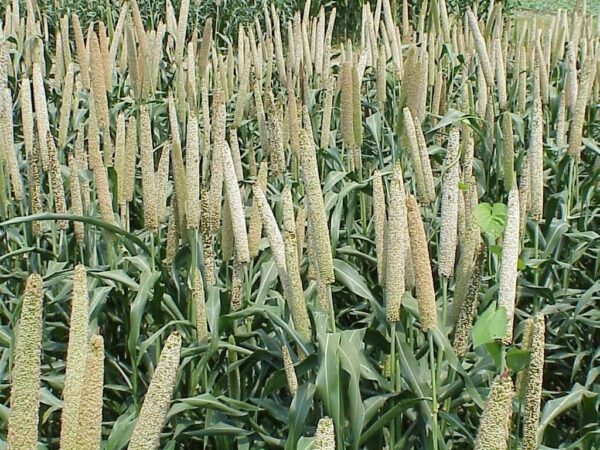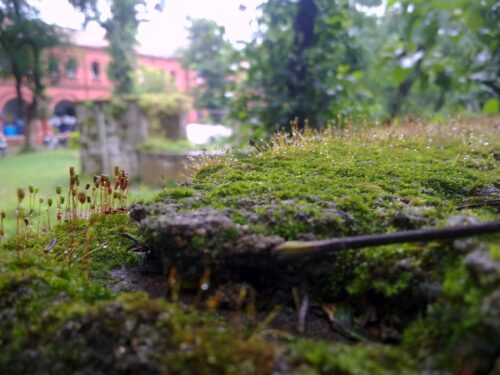The bread of maize and vegetable of mustard leaves during winter are popular food items. Their popularity originates basically from the Punjab state of India.
But the bread of Bajra or Pearl Millet and chutney of garlic can take the same rank of popularity if health conscious people start combining these in their food. Not alone these are grand in taste; these are very useful for a good health as well.
Bajra or the Pearl Millet belongs to the taxonomic family Poaceae. It is the family of grasses. Thus Bajra too is a type of grass domesticated much earlier in the history by man in India and Africa. It is mostly grown in developing countries. About 97 percent of the Pearl Millet is produced alone in these countries.
In India people usually eat food items prepared from wheat, rice, pulses and other fine grains. The system of eating rough grains has extinguished with the progress of history. Also, the cultivation of these crops has been stopped. Especially millets have gone out of Indian fields and if grown, these are grown on very small scale to feed cattle only.
Since the growth of scientific knowledge has increased by now and it is reaching to the grassroots level, people are waking up and becoming more conscious towards their health. With the vanishing of different varieties of millets and other crops from the Indian fields our valuable genes are also vanishing out that are most essential from the point of view of the conservation of biodiversity and the valuable gene pool.
Health experts say that rough grains are best for our health. Hence, they recommend the bread of the pearl millet and maize etc. for keeping good health and raising the body immunity especially in the period of the crisis of corona pandemic.
During past days life style problems like obesity, diabetes, high blood pressure and also the COVID-19 has attracted people to reform their life styles and food habits.
Since last few years a new tradition of serving bread of the pearl millet and similar items has started especially in marriage parties and other similar functions during winters. In fact, we have started reaccepting our old tradition that too from the higher level.
Earlier these were considered as the food of poor men. But now the rich have started these items combining in their dishes. In fact, now it is not so easy for the dishes of the pearl millet to reach to our dining tables.
If we talk about the bread of the pearl millet, it is essential that its flour is prepared very fine and it is consumed within the next fifteen days. If the bread is to be prepared of this flour, the flour should be technically mixed with right amount of water. If the bread of the flour of the pearl millet is prepared by hand and cooked, it has the taste of its own.
Health experts and cooks suggest that the bread of the pearl millet should be eaten fresh, otherwise it becomes hard.
The COVID-19 infections have posed new challenges in the area of health, lifestyle, exercise etc. before every class. Scientific researchers have proved that seeds of the pearl millet have sufficient fibres. Hence, it takes care of our digestive system and removes the problem of constipation.
The consumption of the bread of the pearl millet does not allow the body to store extra calories. On the other hand the pearl millet contains sufficient amounts of potassium, magnesium, iron, vitamins, and protein. Eating the breads of the pearl millet removes a number of health problems like depression, headache, migraine etc.
The pearl millet is of two types- the indigenous and the hybrid. The hybrid one has fewer nutrients though its production rate is high. In India the cultivation of the pearl millet is limited mainly to Rajasthan, Madhya Pradesh, Haryana, Uttar Pradesh, Bihar and Maharashtra.
The crop of the pearl millet does not demand more rain. It is sown with other crops. It is reported that the production of the pearl millet ranges from 30 to 40 quintals per hectares and the cattle feed up to 70 quintals. Sandy soil is considered to be more appropriate for this crop. However, it can be grown in any type of soil.
Feature Image : en.wikepedia.org




